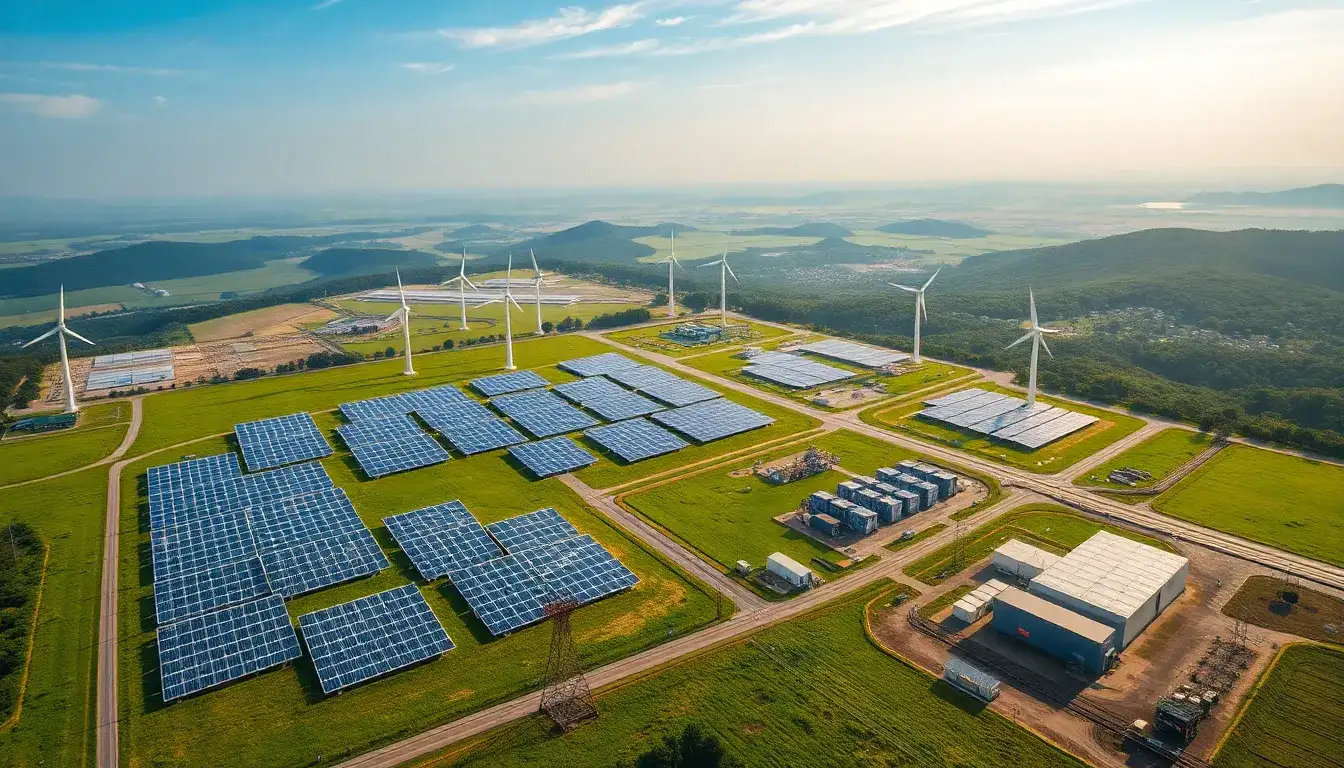
On March 26, the largest industrial park for microgrids in Jiangxi province commenced its operations in Changsha, Hunan province. This microgrid is developed by the Changsha Meishan Construction Development Group in collaboration with the State Grid Changsha Power Supply Company. The facility covers an area of 37,000 square meters and has an annual electricity consumption capacity of approximately 4200 megawatt-hours.
The project is designed to support a variety of applications including residential buildings, commercial properties, and electric vehicles, ensuring a stable and sustainable supply of green energy. It incorporates advanced technologies in energy management and control, allowing for efficient integration of power generation, storage, and consumption systems.
In terms of energy efficiency, the microgrid is expected to reduce energy loss by over 10%. The project also includes multiple forms of energy storage solutions such as lithium-ion batteries, lead-acid batteries, and new-style water-based batteries, enhancing its versatility and reliability.
The newly established industrial park is projected to support around 200 electric vehicles, facilitating seamless interactions within the vehicle-to-grid ecosystem. Currently, the park has set up four vehicle-to-grid charging stations, employing intelligent communication technologies to optimize energy distribution and management.
After the operation of the park, it is expected to save approximately 460,000 kilowatt-hours annually, resulting in a reduction of CO2 emissions by 7585 tons, and achieving a return on investment within approximately 4.5 years.
The State Grid Changsha Power Supply Company stated, “This microgrid project will contribute significantly to the establishment of a green and low-carbon industrial park, promoting widespread adoption of green technology solutions.”
In summary, this initiative represents a significant step towards enhancing energy efficiency and sustainability within the region, aligning with broader goals of reducing carbon footprints and integrating renewable energy sources into the grid.







